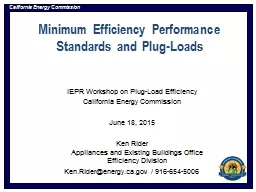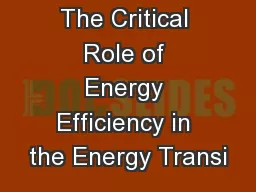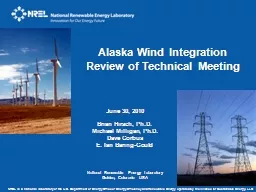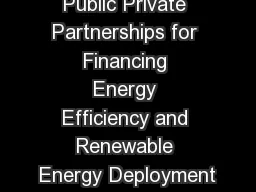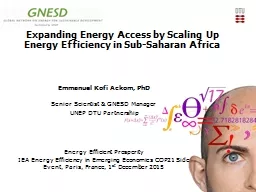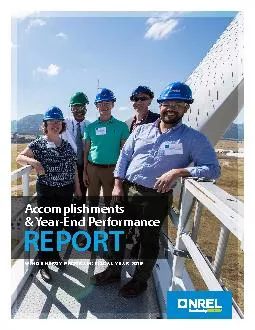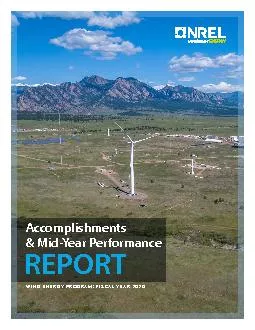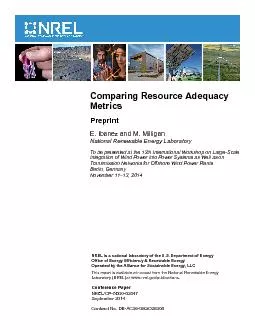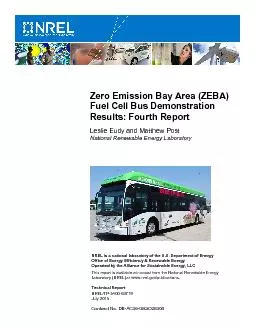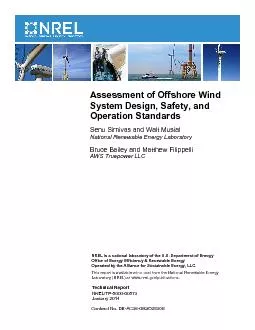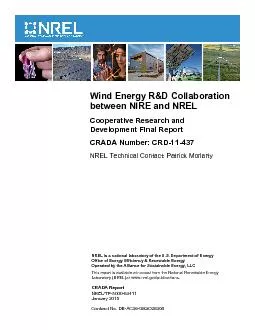PPT-NREL’s Presenter on Market Updates for Energy Efficiency
Author : doggcandy | Published Date : 2020-06-15
Amy Hollander AmyHollandernrelgov Emerging Technologies for Community Scale Market Updates Energy Upgrade Market Benefits Deep Energy Retrofits Net Zero Lighting
Presentation Embed Code
Download Presentation
Download Presentation The PPT/PDF document "NREL’s Presenter on Market Updates for..." is the property of its rightful owner. Permission is granted to download and print the materials on this website for personal, non-commercial use only, and to display it on your personal computer provided you do not modify the materials and that you retain all copyright notices contained in the materials. By downloading content from our website, you accept the terms of this agreement.
NREL’s Presenter on Market Updates for Energy Efficiency: Transcript
Download Rules Of Document
"NREL’s Presenter on Market Updates for Energy Efficiency"The content belongs to its owner. You may download and print it for personal use, without modification, and keep all copyright notices. By downloading, you agree to these terms.
Related Documents


